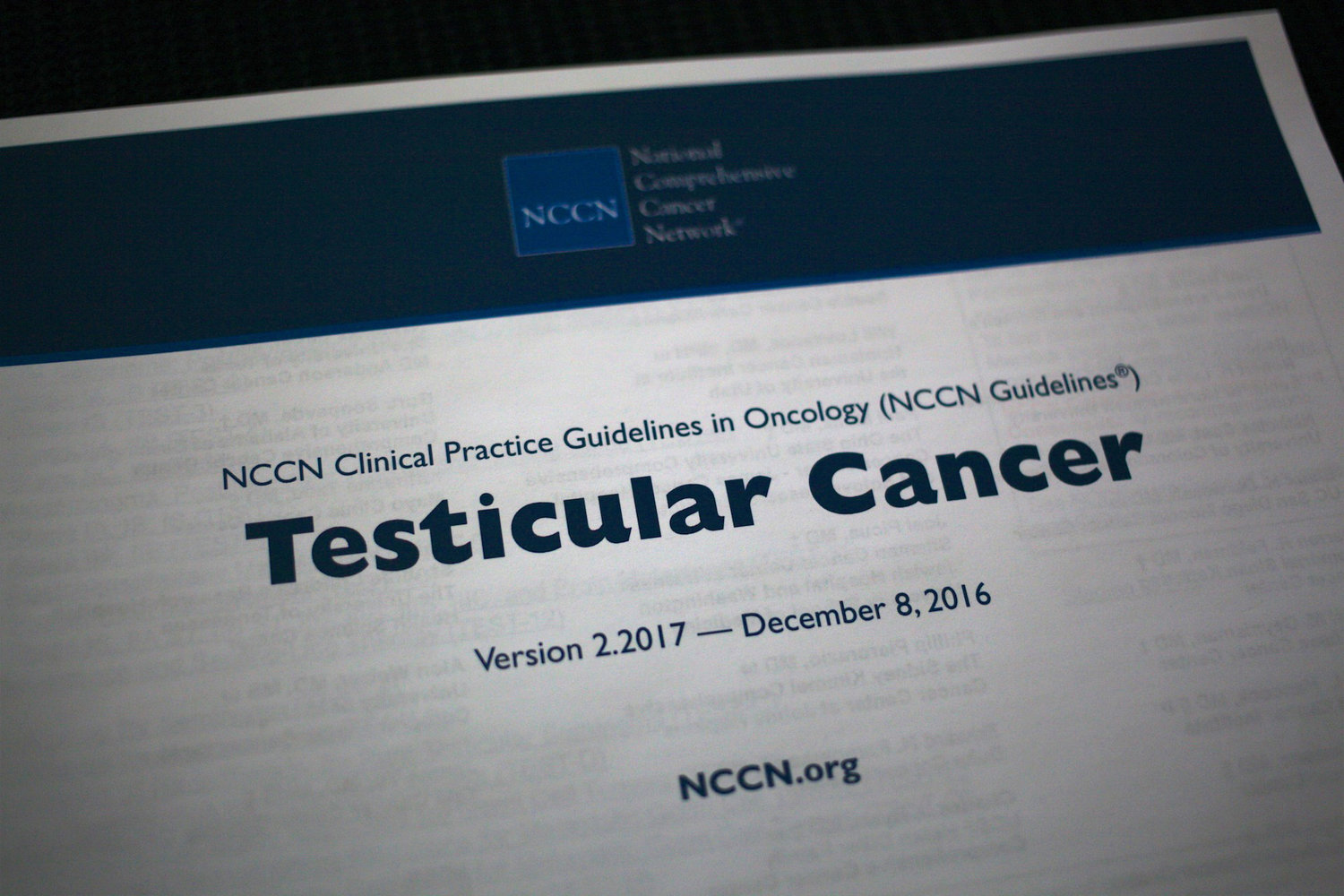Hi All,
The last discussion on this forum about MRI versus CT during active surveillance is from 2011 (http://www.tc-cancer.com/forum/forum...rapy-mri-vs-ct).
I am wondering if common practices have changed since then. Has anyone discussed the possibility of using MRIs instead of CT scans during post-orchiectomy active surveillance? The TRISST study that compares CT versus MRI and low-frequency versus high frequency imaging is still underway, and I don't think there are any result yet (http://www.ctu.mrc.ac.uk/our_researc...isst_mrc_te24/).
In my own case, it's a Stage IA pure seminoma, mid-sized tumor (4.0cm, pT1), pre- and post-op markers were negative, post-op CT was negative. We decided to go with active surveillance and my doctor seems comfortable with recommending MRI instead of CT (assuming my insurance covers it). I'll have 3-month, 6-month and 12-month scans for the first year. On the one hand, I'm happy that I'm avoiding CT. On the other hand since my markers were negative even before pre-op, imaging seems like the only option to capture a relapse in time and that makes me a bit nervous.
I would appreciate if you share your experiences if you considered MRIs, what your doctor recommended and what kind of specifications the scanner should have for reliable images in the case of TC.
The last discussion on this forum about MRI versus CT during active surveillance is from 2011 (http://www.tc-cancer.com/forum/forum...rapy-mri-vs-ct).
I am wondering if common practices have changed since then. Has anyone discussed the possibility of using MRIs instead of CT scans during post-orchiectomy active surveillance? The TRISST study that compares CT versus MRI and low-frequency versus high frequency imaging is still underway, and I don't think there are any result yet (http://www.ctu.mrc.ac.uk/our_researc...isst_mrc_te24/).
In my own case, it's a Stage IA pure seminoma, mid-sized tumor (4.0cm, pT1), pre- and post-op markers were negative, post-op CT was negative. We decided to go with active surveillance and my doctor seems comfortable with recommending MRI instead of CT (assuming my insurance covers it). I'll have 3-month, 6-month and 12-month scans for the first year. On the one hand, I'm happy that I'm avoiding CT. On the other hand since my markers were negative even before pre-op, imaging seems like the only option to capture a relapse in time and that makes me a bit nervous.
I would appreciate if you share your experiences if you considered MRIs, what your doctor recommended and what kind of specifications the scanner should have for reliable images in the case of TC.



Comment